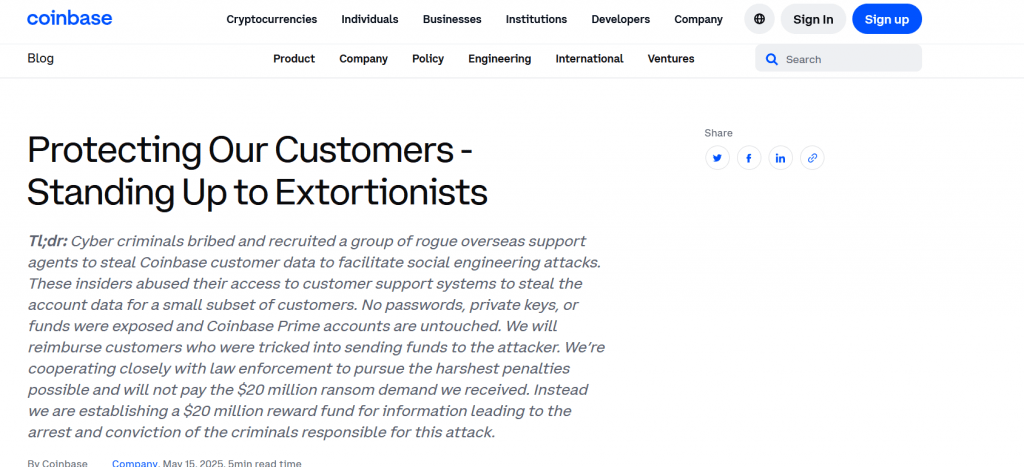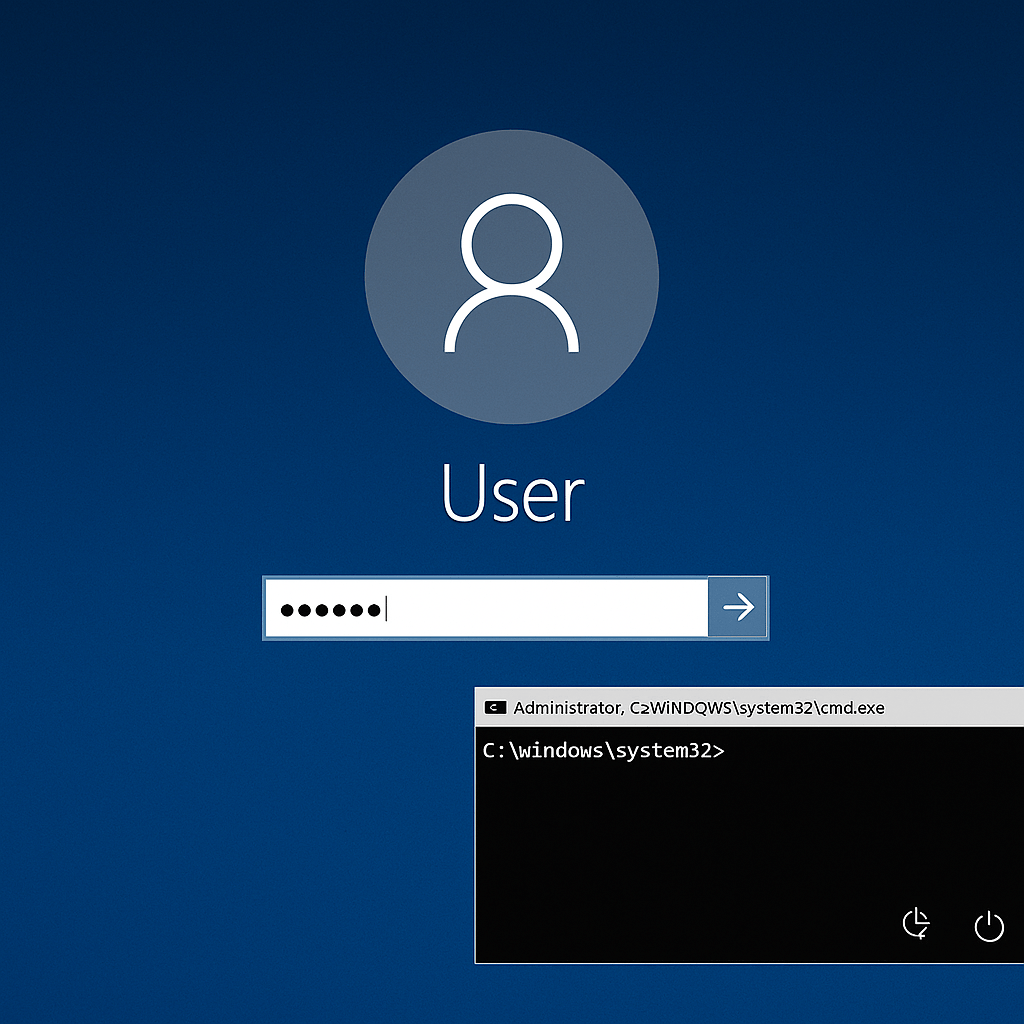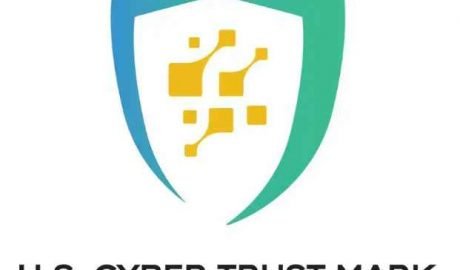The breach, discovered in January 2025 but disclosed publicly in May, involved two India-based TaskUs employees who were bribed and recruited by cybercriminals to leak customer data. One of the individuals was caught physically photographing sensitive information from internal Coinbase systems using a mobile phone — a low-tech but effective exfiltration method designed to evade traditional digital surveillance.

Data Exposed:
According to Coinbase and media reports, the compromised data may include:
- Full names
- Email addresses
- Social Security numbers (SSNs)
- Government-issued ID scans (KYC documents)
- Transaction histories
- Partial financial and account details
No crypto wallets or private keys are believed to have been accessed directly, but the nature of the leaked data makes victims highly susceptible to identity theft, phishing, account takeover, and targeted social engineering.
Timeline and Impact
- Dec 2024: Unauthorized access likely began, according to court filings.
- Jan 2025: TaskUs employee caught photographing Coinbase data.
- Q1 2025: TaskUs terminates employees and closes the entire Coinbase support operation in Indore, India, impacting 226 staff.
- May 2025: Coinbase publicly discloses the breach and begins notifying affected users.
- June 2025: Financial damages estimated up to $400 million, including legal, remediation, and reputational costs.
In a dramatic twist, cybercriminals attempted to extort $20 million in ransom from Coinbase, threatening to leak the stolen data. Coinbase declined the demand and instead offered a $20 million bounty for actionable intelligence on the attackers.
Anatomy of the Breach: A Case Study in Low-Tech Insider Exploitation
This breach at Coinbase is a prime example of how insider threats bypass traditional perimeter-focused defenses, especially when coupled with trusted third-party vendor relationships and weak operational oversight.
1. Attack Vector: Human Exploitation Over Technical Intrusion
Unlike most cyber incidents where attackers exploit software vulnerabilities, this breach was orchestrated through social engineering, financial bribery, and manual exfiltration:
- The malicious actors contacted multiple TaskUs employees, offering them bribes in exchange for access to sensitive customer data.
- Two support agents accepted and began systematically retrieving confidential customer information from internal tools such as:
- Customer relationship management (CRM) platforms
- KYC verification systems
- Support dashboards with account details
This marks a departure from ransomware or phishing-based compromise toward long-tail exploitation of trusted insiders.
2. Data Exfiltration Method: Physical Capture to Evade Monitoring
One of the most surprising elements of the attack was its low-tech execution:
- The agents used personal smartphones to photograph sensitive data directly from their computer screens.
- This method bypassed all traditional data loss prevention (DLP) mechanisms, endpoint logging, and network exfiltration detection.
- Since most enterprise security tools are designed to catch digital anomalies (e.g., large downloads, unauthorized data transfer), this “analog leak” went undetected for weeks.
3. Access Control Failures: Excessive Privileges at the Support Layer
Support agents at TaskUs were granted broad access to Coinbase customer data for account verification and troubleshooting. This included:
- Viewing personally identifiable information (PII), such as:
- Full names
- Dates of birth
- Social Security numbers
- Linked banking/payment methods
- Accessing uploaded KYC documents and identity proofs (passports, licenses)
- Reviewing user activity logs, potentially including IP history and transaction metadata
There were no evidence-based access controls (just-in-time access, access segmentation) or session limitations per role scope. This allowed even junior-level support agents to view data well beyond what was operationally necessary.
4. Session Monitoring and Behavior Analytics Gaps
Coinbase’s and/or TaskUs’s session monitoring policies likely failed to:
- Flag unusually frequent access to high-value accounts
- Detect pattern deviations (e.g., agents querying accounts outside their assigned tickets)
- Identify sessions with extended viewing time on PII-heavy screens
- Block use of unauthorized personal mobile devices inside operational environments
This speaks to a lack of user behavior analytics (UBA) and contextual risk scoring, both of which are increasingly critical in preventing slow-burn insider exfiltration.
5. Delayed Detection and Reactive Response
While the breach reportedly began in late 2024, it wasn’t identified until January 2025, when an agent was caught red-handed. During this lag:
- Dozens, if not hundreds, of customer accounts may have been silently compromised.
- Attackers may have already monetized or brokered this data in dark web forums before the organization could act.
- No indication has been given that Coinbase used continuous data access monitoring tools or biometric workstation surveillance — both common in high-sensitivity environments (e.g., finance, health).
Response Actions: How Coinbase and TaskUs Contained the Insider Breach
In the aftermath of the insider data breach that compromised sensitive customer information, both Coinbase and its third-party support partner TaskUs undertook a series of rapid and high-impact containment, remediation, and prevention steps. These actions illustrate both the urgency and complexity of responding to insider-driven security incidents, especially when they span international jurisdictions and involve regulated data.
1. Immediate Termination of Malicious Insiders
Upon discovering the breach, TaskUs immediately identified and terminated the two support agents responsible for the unauthorized activity. This was based on direct evidence, including:
- Physical observation of data exfiltration via smartphone photography
- Access log anomalies and support session analysis
- Internal whistleblower reporting and security camera footage (according to unconfirmed sources)
2. Shutdown of Affected Support Operations in India
Recognizing the scope and sensitivity of the compromise, TaskUs fully shut down its Indore, India-based operations that were contracted to Coinbase. This decision:
- Impacted approximately 226 employees
- Aimed to eliminate further risk from compromised or exposed credentials
- Was framed as a risk minimization and accountability measure
All impacted employees reportedly received severance packages, and Coinbase shifted support to alternate in-house and vetted vendors with stronger oversight.
3. Notification of Impacted Customers
Coinbase began notifying affected users around mid-May 2025, nearly four months after initial detection. The notification process included:
- Direct communication to impacted customers via email
- Offers of credit monitoring and identity protection services
- Recommendations to change passwords and enable multi-factor authentication (MFA)
This process was structured to meet regulatory obligations under CCPA, GDPR (for applicable users), and U.S. state breach notification laws.
4. Collaboration with Law Enforcement and Threat Intelligence Teams
Coinbase escalated the case to U.S. federal law enforcement, while also engaging:
- Private incident response firms to perform deep forensics and exposure scoping
- Threat intelligence vendors to track stolen data on the dark web
- Blockchain analytics partners to monitor transaction patterns associated with potential extortion or monetization attempts
Additionally, Coinbase issued a $20 million bounty for verifiable intelligence on the actors behind the breach — mirroring the ransom demanded by the attackers.
5. Strengthening Security Policies and Controls
As part of a longer-term remediation roadmap, Coinbase initiated a review and upgrade of its:
- Third-party vendor access policies
- Session recording and analytics tooling
- Physical access and endpoint restrictions for offshore agents
- Role-based access control (RBAC) across support dashboards
- Behavioral anomaly detection for low-and-slow insider activity
While not all these controls were previously in place, this breach served as a catalyst for broadening Coinbase’s insider threat posture and enforcing “never trust, always verify” Zero Trust principles across its third-party ecosystem.

Information security specialist, currently working as risk infrastructure specialist & investigator.
15 years of experience in risk and control process, security audit support, business continuity design and support, workgroup management and information security standards.










